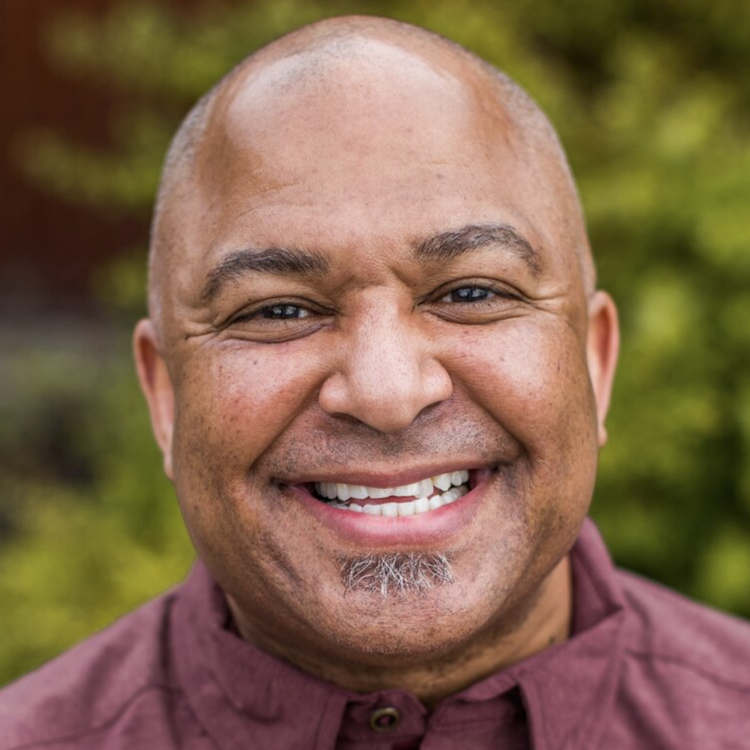
This month, we are highlighting the transformative work of Matthew Reynolds (they/he/we). We met Matthew through our work with schools and districts in Southern Oregon. Since that time, we have had the opportunity to get to know them through their work as an equity consultant with our district partner, the Southern Oregon Education Service District. Matthew has been a participant in several of our workshops and has introduced several other educators and youth workers to our approach. They are a practitioner of equity and healing, an author, facilitator, educator, and brilliant human being. We are grateful they took the time to share their wisdom and journey with us since leaving the classroom to pursue equity and healing work.
Matthew graciously offered the following tips for educators about how to co-create equitable learning communities with their students.
Interrogate Your Biases & Educational Experience
I urge new educators to reflect on their own K-12 experience, and it varies; we’re not all supposed to have the same lived experience. When we share our experiences in community and hear others’ experiences, then hopefully we recognize that another aspect of diversity is the lived experiences of every single student that we have in our classroom.
It takes looking at our classrooms and acknowledging, trusting and believing in the truth of every single student in front of us, and that’s the place for me to start. Because then it helps me look in the mirror and ask myself the question, “how much of my thinking is my thinking? What did I not get educated on? What do I need to unlearn?”
Cultivating Community Is Key
When I started getting my Master’s Degree in Teaching from Southern Oregon University, what really struck me was the importance of community. My philosophy of education is rooted in community, which was deeply missing from my K-12 experience in a small Midwestern town in Minnesota. Growing up, I didn’t have any classmates with melanin until 8th grade. I deeply wanted a sense of community. Again, the past is my education. So instead of feeling shame or anger [about my experience], I learned from it. And what I learned is how I did not want to be as an educator.
Invite Students to Share Their Stories
No matter what subject matter you teach, [it’s powerful] to allow students to tell their story. Some educators feel like they don’t have time for students to share their stories, that there’s too many chapters to get through. But I found that when I took the time at the beginning of the year to do so, the rest of the year was much more fruitful. One way I did this is I had every class period create their own pledge. Each student created a pledge based on a quick overview. Some would say it, others would cross their arms and that would start a discussion. What does it mean? What does it mean to you? Who wrote it when they write it? Why’d they write it? Does it build belonging in the United States? Does it build belonging in our community?
That would spark conversation about belonging and community. In a circle, everybody would read their pledges. Here’s where power comes in: we voted on which pledge to read as a class. During the process, the students learned what voting stands are and about power structures.
I didn’t set up the classroom under the guise of rules and regulations. Our classroom was co-created with every student in the classroom, because they could use their voice. They had the opportunity to actively listen to one another. I let them share their stories and shared my story as much as I felt comfortable sharing. That right there is building trust and building community. After that, they gobble up anything you put in front of them.
Lean Into the Seven C’s
I invite folks to teach through the seven c’s: curiosity, creativity, collaboration, clarity, consistency, connection, and compassion. Be curious about your class and what’s happening in it, which will spark your creativity. And that creativity sometimes leads us to wanting to collaborate with others. If you know other educators or, or guest artists from outside or students in your classroom, collaborate with them. When I’m collaborating with folks, I need clarity because I’ve now just put a bunch of different personalities and lived experiences together. Then out of that clarity, we can start having consistency.
As we’re being consistent, we understand that we have connection with one another, and that connection then leads us to having compassion. If we wrap it all in compassion and empathy, then we’re constantly sparking that lifelong learning. When I ask students, “What was the last thing you were genuinely curious about?” They never said anything about school, and that’s sad. They feel like school is something being done to them, not a community they are connected to and a part of. I invite other educators to work to shift that, to spark curiosity of students and follow their interests.
We are grateful to Matthew for their wisdom, and encourage you to check out more of their inspiring work here.
